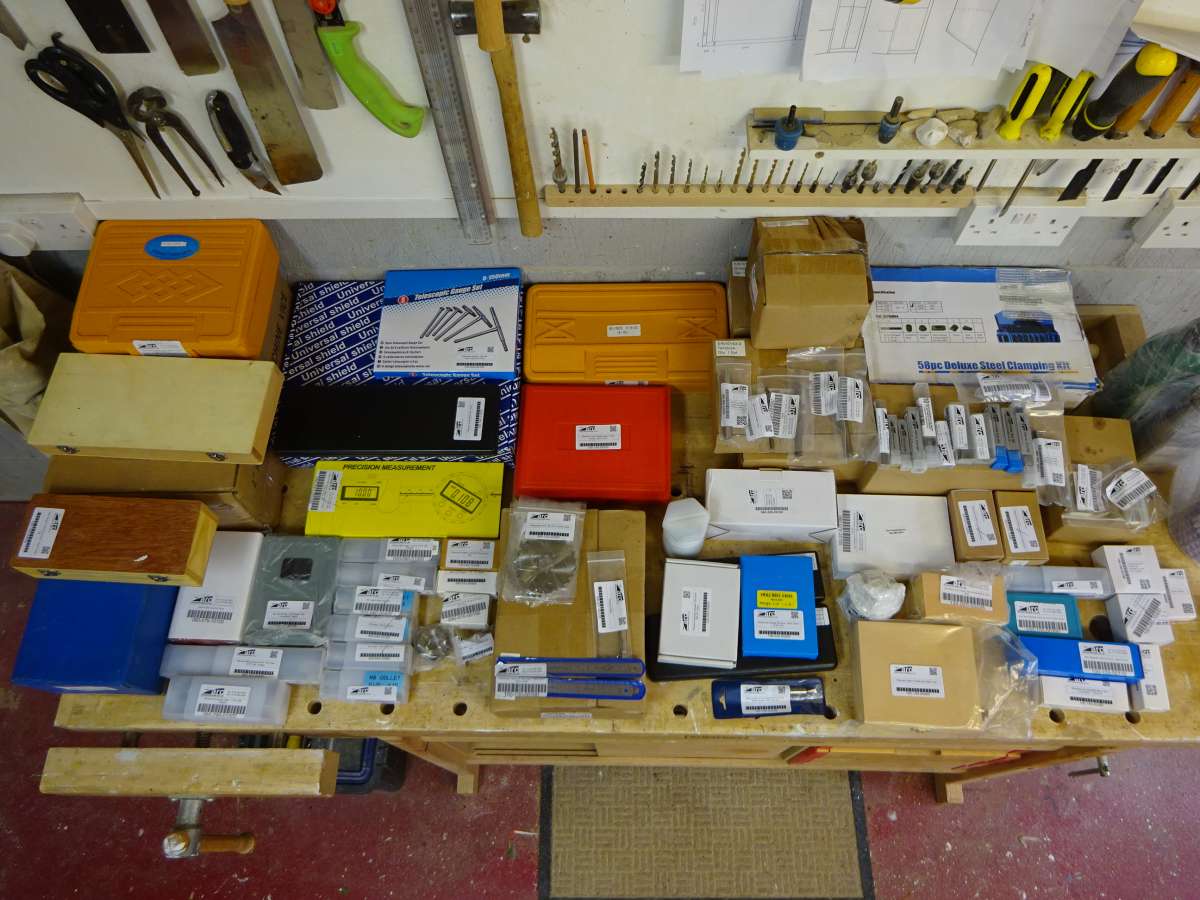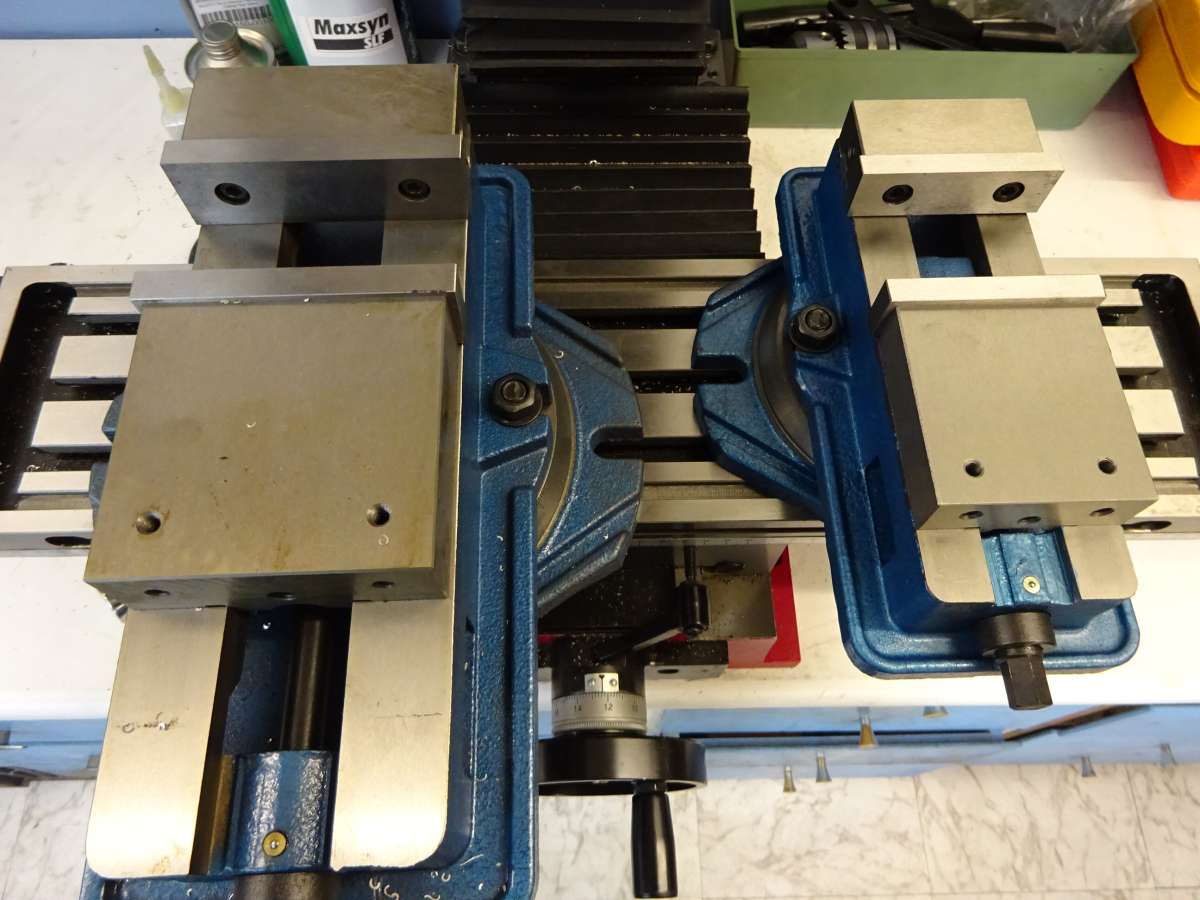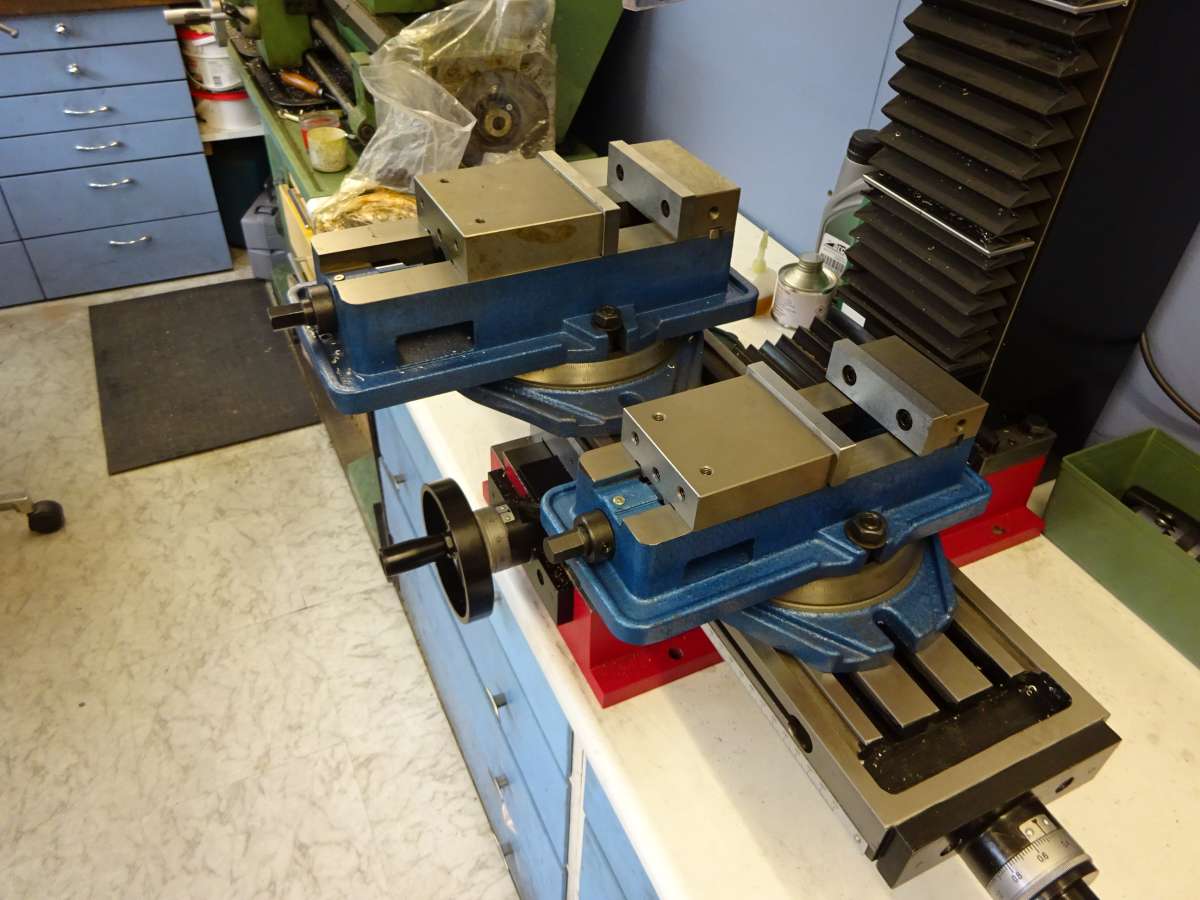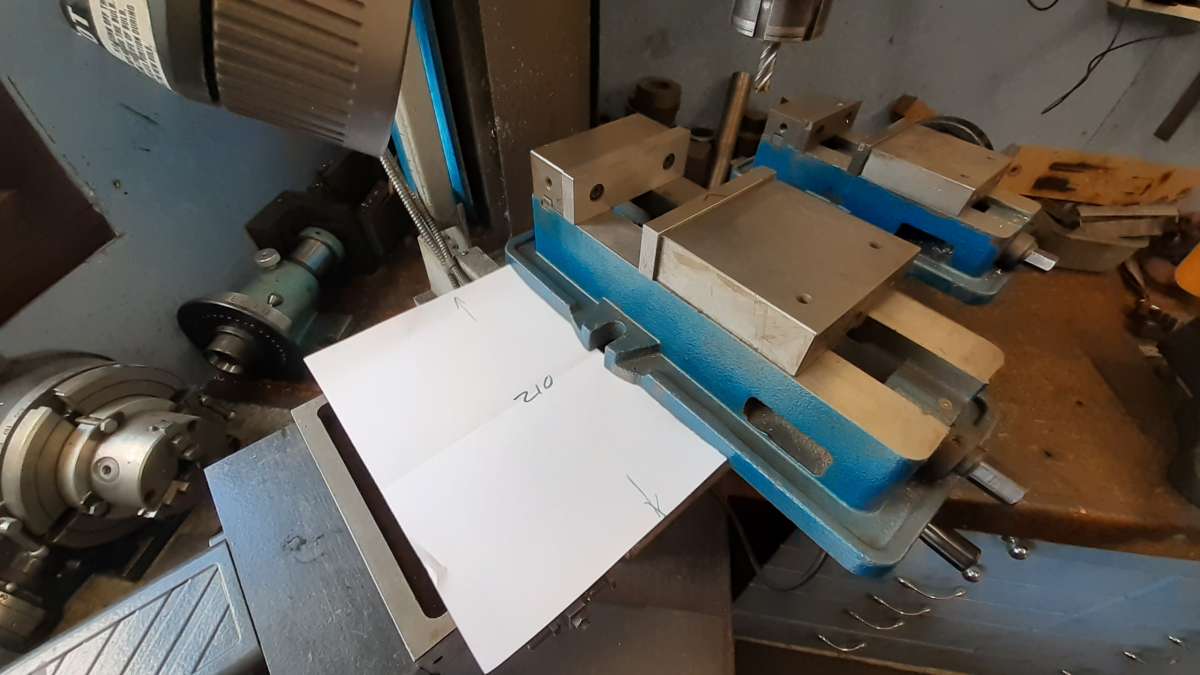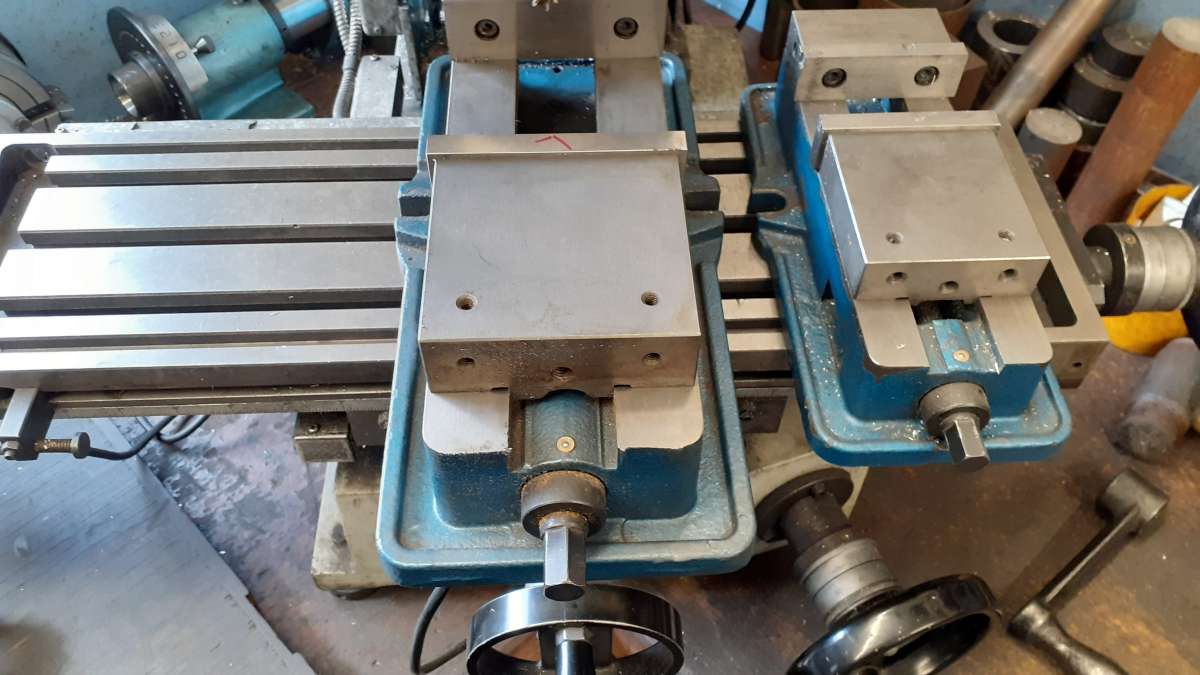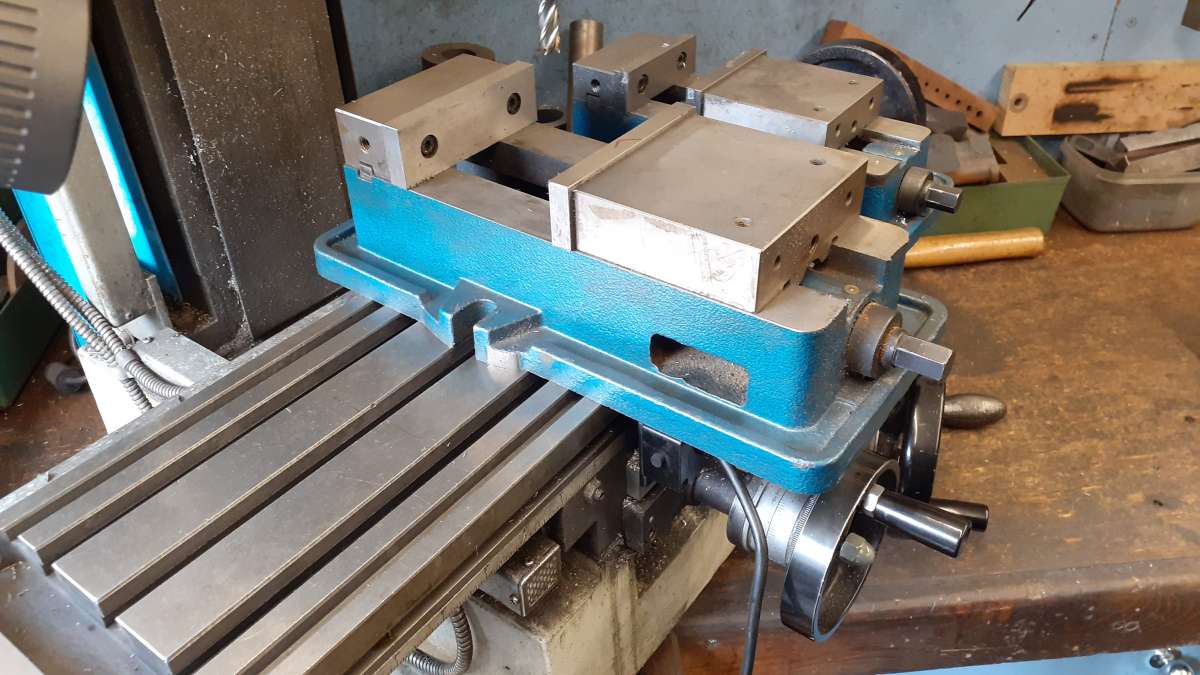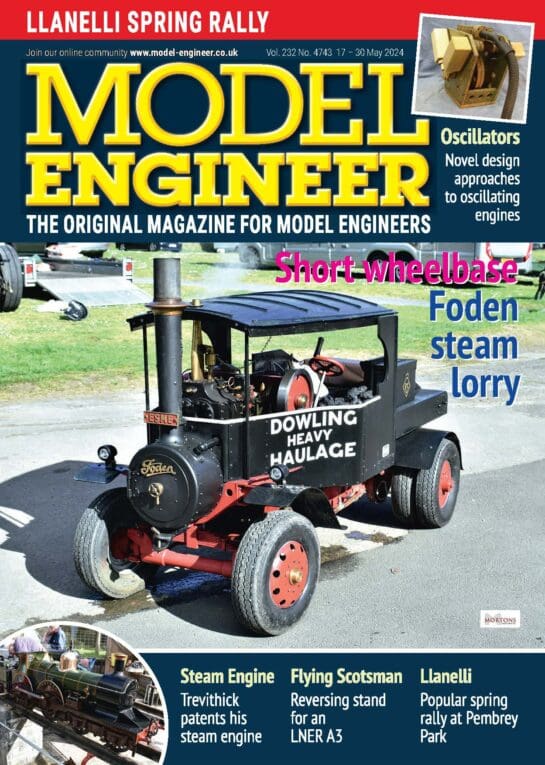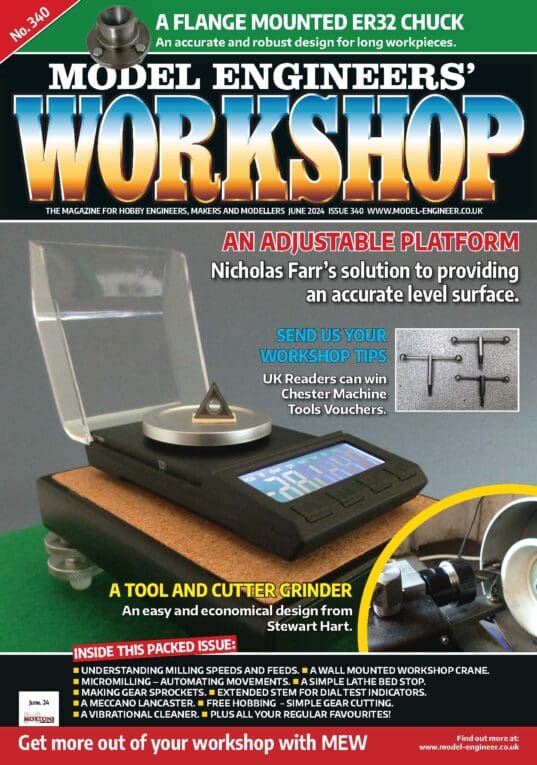Having got a good selection of starter ideas, I recommend Robert have a good think about what he intends to make! At the moment, we’re all suggesting the non-specific standard tooling a beginner might use to learn on without wasting big bucks. I sympathise because I started that way, only knowing vaguely I needed tools to make things to support may experimental interests.
But Robert will certainly save money is he can buy tools specifically to make that he intends to make! There’s quite a difference between clockmaking and motorbikes, and between indoor electric railway modelling, and outdoor steam.
The question about 2, 3 and 4 flute cutters is a small example. They are available because there are jobs that need 2-flutes, and jobs that need 4, and jobs that need 3-flute. Although, a 3 flute might be a reasonable substitute for 2 and 4 flutes, that’s not why they’re made and sold. In my workshop, doing what I do, I almost always use 2 and 4 flute cutters, because they both play to their strengths. Though I have a few 3-flute cutters, I don’t use them much. This isn’t true of everyone, the reason being the best tool for a job depends on the job.
I started out with the idea I could buy an outfit of tools that would do everything, and tried hard to work-out what they might be. In practice, as my skills developed, I found some of the outfit was rarely used, whilst many other tools had to be bought in later, always after experience they would make a particular job easier.
My advice, don’t be surprised when tool needs change after work starts! When money is tight, worst thing that can happen is buying a machine that’s too small for the work. Then a few quid wasted on rarely used accessories pale into insignificance.
But if Robert can identify what he wants to make, the team will be able to give much better advice.
Dave
 Vic.
Vic.

